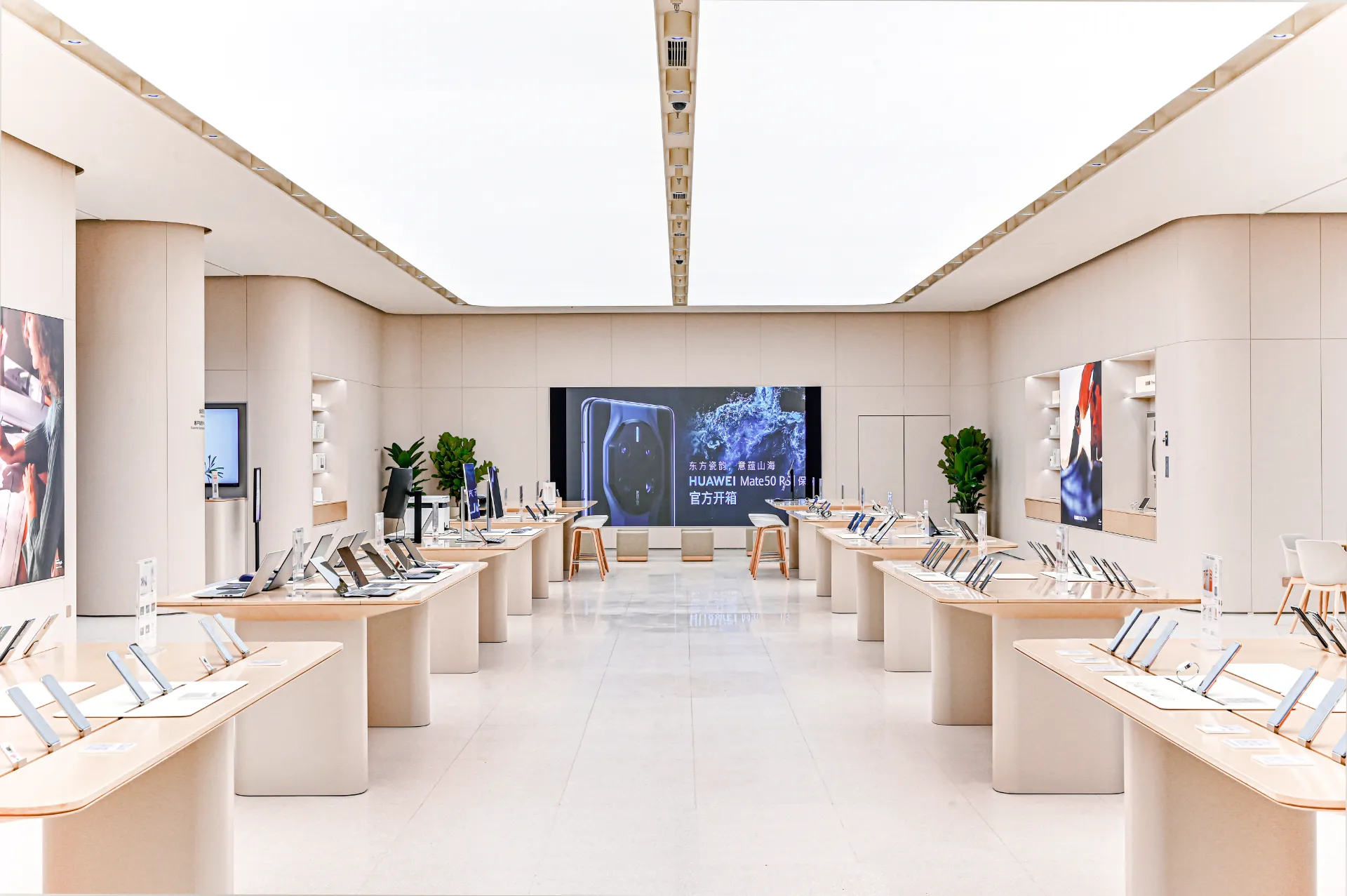Des . 09, 2024 17:46 Back to list
Main Retail Space Presentation and Display Fixtures
Main Store Display and Fixtures Unlocking Retail Potential
In the ever-evolving world of retail, the importance of effective store displays and fixtures cannot be overstated. They serve as the first point of contact between the customer and the product, influencing purchasing decisions and brand perception. In this article, we will explore the role of main store displays and fixtures, how they can enhance the shopping experience, and best practices for their implementation.
Understanding Store Displays and Fixtures
Store displays and fixtures are essential components of retail design. They include everything from shelving, racks, and mannequins to signage and props that showcase products in an appealing manner. The primary goal of these elements is to draw customers in, highlight merchandise, and facilitate product interaction, ultimately leading to increased sales.
The Psychology of Visual Merchandising
Visual merchandising is grounded in psychology. It taps into the emotions and behaviors of consumers, guiding them through a curated shopping experience. A well-designed display creates an inviting atmosphere that encourages exploration. Colors, lighting, and textures play significant roles in this process. For instance, vibrant colors can evoke excitement, while softer hues may promote relaxation and comfort.
A strategically placed fixture can lead anxious shoppers toward an area of interest, enhancing their confidence in making a purchase. For example, placing promotional items at eye level increases the likelihood of them being noticed and purchased. Moreover, using focal points—like an eye-catching display at the end of an aisle—can capture attention and draw customers deeper into the store.
Creating a Cohesive Brand Experience
The main store display and fixtures should align with the brand identity. Consistency in design elements reinforces brand recognition and loyalty. For instance, if a brand is known for its eco-friendly products, utilizing sustainable materials for displays can enhance authenticity. Likewise, the lighting should complement the overall theme, perhaps using warm tones in a boutique setting to create a cozy ambiance.
It’s essential to consider the customer demographic as well. A store targeting a youthful audience might opt for trendy, unconventional displays, whereas a luxury brand may lean toward more elegant, understated designs. Tailoring store displays to reflect the target market’s values and preferences ensures a deeper connection with the customer.
main store display & fixtures

Maximizing Space Efficiently
In the competitive retail landscape, maximizing space is vital. Fixtures should be strategically placed to avoid overcrowding while ensuring products are accessible. Modular fixtures can provide flexibility, allowing retailers to easily reconfigure layouts for seasonal promotions or new product launches.
Utilizing vertical space effectively is also crucial. High shelving can showcase products without taking up valuable floor space. Additionally, incorporating multi-functional displays can provide both storage and presentation, making it easier to manage inventory while keeping the sales floor appealing.
Seasonal and Thematic Displays
Seasonal displays are a fantastic way to boost sales and engage customers. These displays can be updated regularly to reflect holidays, seasons, or special promotions. A captivating holiday display can entice customers to purchase items they might not have considered otherwise.
Thematic displays that tell a story can also create memorable shopping experiences. By combining products into lifestyle setups, retailers can showcase how various items work together, inspiring customers to envision their use in everyday life.
Technology Integration
In today’s digital age, integrating technology into store displays offers interactive experiences that can enhance engagement. Touchscreens that provide additional product information, augmented reality features, or even simple QR codes can connect customers to online content, making the shopping experience more dynamic.
Conclusion
In conclusion, the importance of main store displays and fixtures is paramount in creating an engaging shopping environment. They not only enhance aesthetic appeal but also influence consumer behavior and brand loyalty. By understanding the psychology of customers, delivering a cohesive brand experience, maximizing space, and incorporating seasonal themes and technology, retailers can unlock their full potential and ultimately drive sales. Investing in well-designed displays and fixtures is not just an aesthetic choice; it is a strategic move toward improving customer satisfaction and fostering business growth.
-
The Impact of Display Racks on Promoting Sustainable Product Consumption
NewsMay.14,2025
-
The Display Table Is A Catalyst For Sustainable Consumer Engagement
NewsMay.14,2025
-
Sustainable Modern Retail Store Fixtures
NewsMay.14,2025
-
Store Design Innovations for Enhanced Customer Experience and Sales
NewsMay.14,2025
-
How Shoe Shop Displays Influence Sustainable Footwear Choices
NewsMay.14,2025
-
How Display Counter Aids in Efficient Resource Management in Communities
NewsMay.14,2025


















































































































